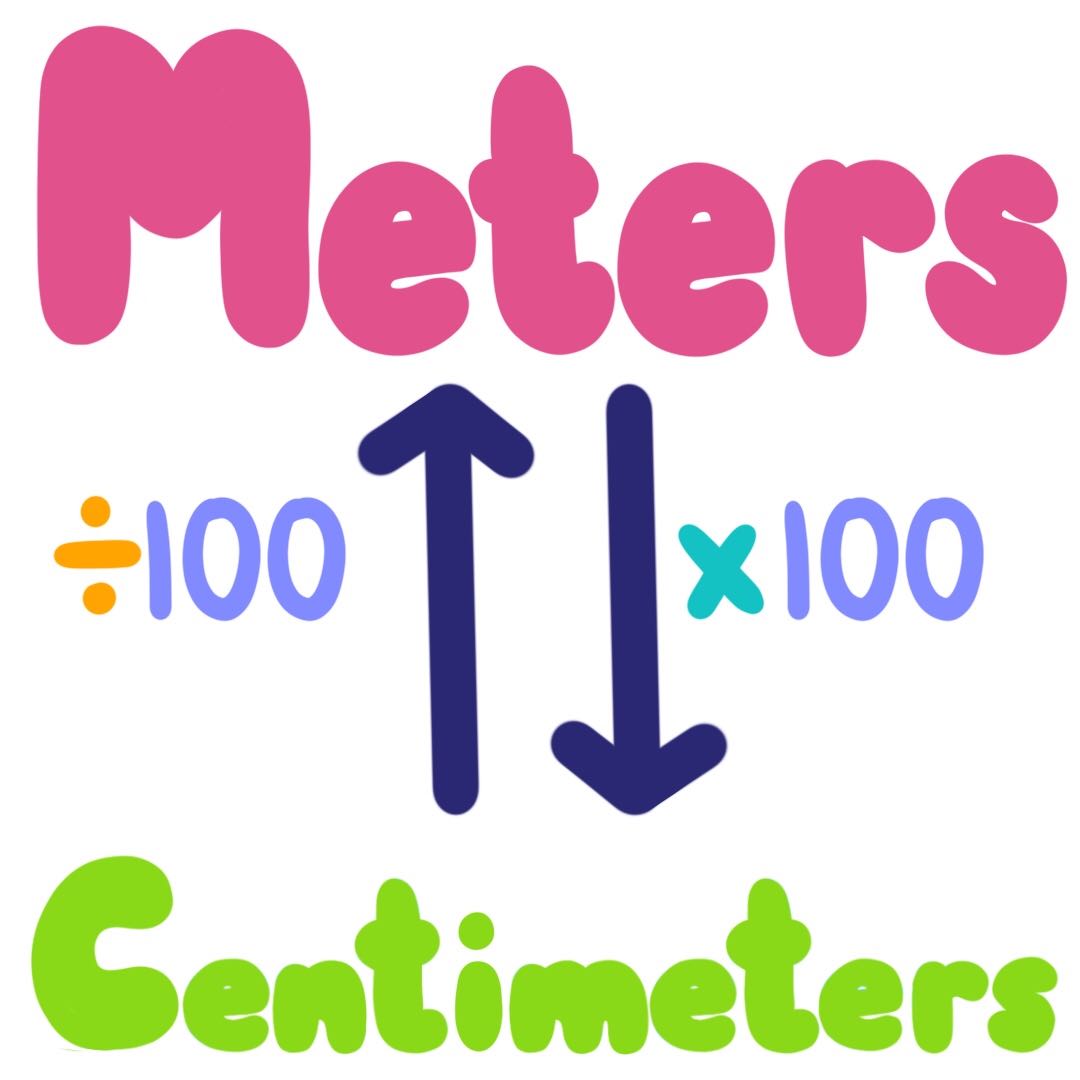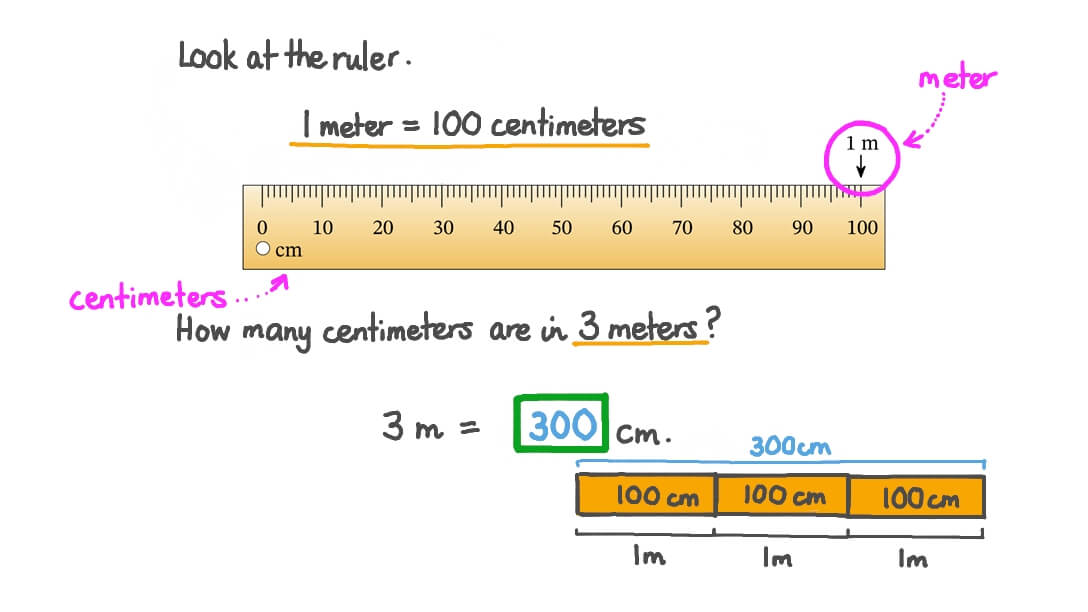

In 1671, Jean Picard measured the length of a " seconds pendulum" and proposed a unit of measurement twice that length to be called the universal toise (French: Toise universelle). The Meridian room of the Paris Observatory (or Cassini room): the Paris meridian is drawn on the ground. The use of the word metre (for the French unit mètre) in English began at least as early as 1797.

The motto ΜΕΤΡΩ ΧΡΩ ( metro chro) in the seal of the International Bureau of Weights and Measures (BIPM), which was a saying of the Greek statesman and philosopher Pittacus of Mytilene and may be translated as "Use measure!", thus calls for both measurement and moderation. The Greek word is derived from the Proto-Indo-European root *meh₁- 'to measure'. This range of uses is also found in Latin ( metior, mensura), French ( mètre, mesure), English and other languages. The etymological roots of metre can be traced to the Greek verb μετρέω ( metreo) (to measure, count or compare) and noun μέτρον ( metron) (a measure), which were used for physical measurement, for poetic metre and by extension for moderation or avoiding extremism (as in "be measured in your response").

The suffix "-meter" has the same Greek origin as the unit of length. Measuring devices (such as ammeter, speedometer) are spelled "-meter" in all variants of English. Other West Germanic languages, such as German and Dutch, and North Germanic languages, such as Danish, Norwegian, and Swedish, likewise spell the word Meter or meter. Metre is the standard spelling of the metric unit for length in nearly all English-speaking nations but not the United States or the Philippines, which use meter. After the 2019 redefinition of the SI base units, this definition was rephrased to include the definition of a second in terms of the caesium frequency Δ ν Cs. From 1983 until 2019, the metre was formally defined as the length of the path travelled by light in a vacuum in 1 / 299 792 458 of a second. The current definition was adopted in 1983 and modified slightly in 2002 to clarify that the metre is a measure of proper length. In 1960, the metre was redefined in terms of a certain number of wavelengths of a certain emission line of krypton-86. In 1799, the metre was redefined in terms of a prototype metre bar. The metre was originally defined in 1791 as one ten-millionth of the distance from the equator to the North Pole along a great circle, so the Earth's circumference is approximately 40 000 km. spelling: centimetres).The metre (or meter in American spelling symbol: m) is the base unit of length in the International System of Units (SI). One m is the current SI base unit of length, equals to one hundred (100) centimeters (Brit. Meter (American English spelling) or metre (British English spelling), abbreviation - m, is a unit of length in the international metric system. There are 12 in (inches) in a ft (foot) and 36 inches in one yard. An inch (abbreviation: in or ″) is a length unit in different measurement systems, including British Imperial units and US customary (Standard) units.


 0 kommentar(er)
0 kommentar(er)
